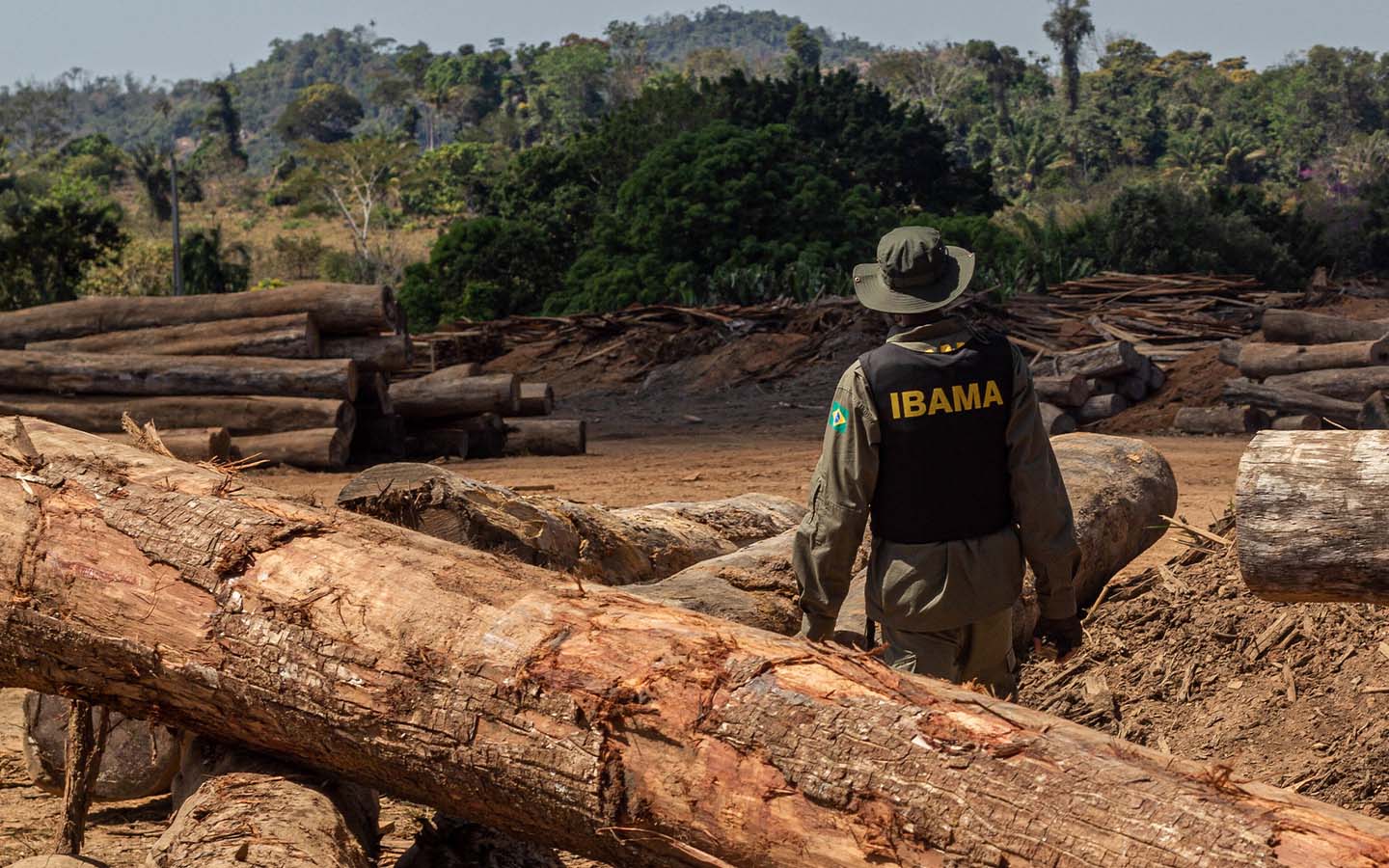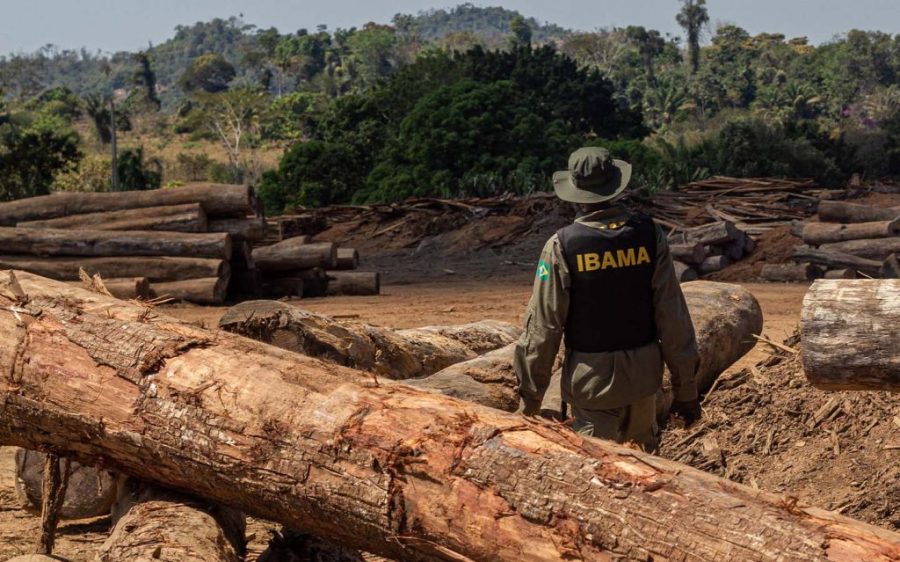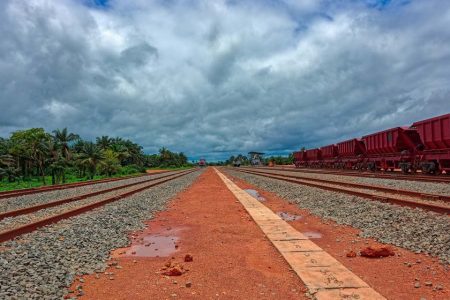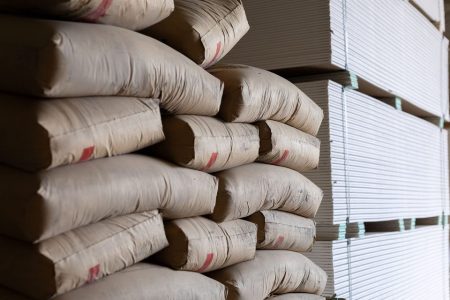A recent two-week raid targeting one of the most heavily logged regions in the Amazon saw Brazilian environmental agents seize the equivalent of more than 5,000 truckloads of timber, reports Reuters.
The raid marks the kick-off of the year-long Operation Maravalha, expected to be the largest of its kind in over five years, focused on the states of Amazonas, Para and Rondonia. Jair Schmitt, of the environmental protection agency Ibama, told Reuters the operation aims to curb illegal logging in protected areas and indigenous lands, which have some of the worst deforestation rates in Brazil.
The first raid closed nearly a dozen sawmills and saw fines totalling 15.5 million reais (US$2.7 million) issued, according to Ibama. Investigators are also conducting audits of timber projects on private lands suspected of using fraudulent documentation to hide the real origin of illegally obtained timber.
“The idea behind [Operation Maravalha] is for us to contain the extraction of illegal timber in the Amazon, which is the first step to deforestation,” Schmitt told the news agency.
[See more: Deforestation is down by nearly 31 percent in the Brazilian Amazon]
After the timber is illegally removed, he explained, the rest of the forest is typically razed to make way for cattle pasture, an expensive process often funded by the sale of the timber. Around 90 percent of wood illicitly harvested from the Amazon is sold locally, although some makes its way overseas to the US and Europe, where wood from species like ipe, famed for its strength and durability, carries a high price tag.
Ending deforestation was a central plank of Brazilian President Luiz Inácio Lula da Silva’s campaign in 2022, and the left-wing president has declared an ambitious goal of achieving zero deforestation by 2030. Last year, deforestation fell to its lowest level in nearly a decade thanks in part to a sharp crackdown. However, Lula’s unwillingness to negotiate with Ascema, a union representing workers at two federal environmental agencies, contributed to a months-long strike that severely limited fire prevention and control work in the Amazon.
Fire, which is not accounted for in deforestation statistics, proved devastating in 2024. After enduring its worst drought on record in 2024, Brazil saw fire damage surge across every major biome.
More than 30 million hectares burned in the Amazon, up a staggering 79 percent over 2023, a level of damage that may be repeated in 2025 if there isn’t a strong rainy season to replenish the soil. Criminal activity likely contributed to the blazes, officials say.






